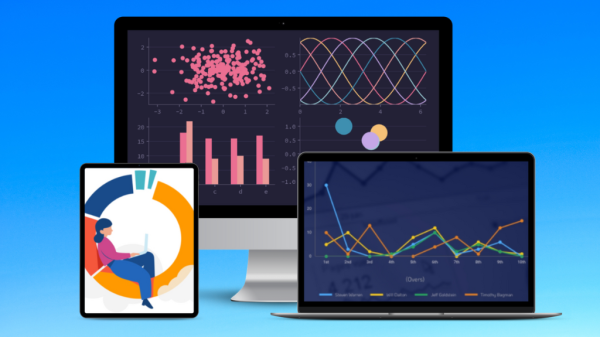Just recently into the work from home movement, Microsoft launched their new tool, “Productivity Score”. According to Microsoft, this tool helps organizations understand how well they are functioning, how technology affects their productivity, and how they can get the most out of their Microsoft 365 purchase.
But to do all of this, the tool will keep track of how each employee is using Microsoft products. For instance, the tool will monitor how often video or screen sharing is enabled during meetings by employees.
It will keep a metric of how employees are communicating. It will show if employees are sending out emails through Outlook, sending out messages through Teams, or posting on Yammer. It will also keep track of which Microsoft tools are being used more and on which platforms.
So, Microsoft’s new tool is a scary work surveillance tool, right? According to Microsoft, it isn’t. In a blog post, Microsoft 365’s corporate Vice President Jared Spataro said, “Productivity Score is not a work monitoring tool. Productivity Score is about discovering new ways of working, providing your people with great collaboration, and technology experiences.”
Spataro says the tool “focuses on actionable insights” so people and teams can use Office 365 tools to be more productive, collaborative, and help make work improvements. And, while this all sounds good, privacy advocates aren’t too thrilled about this.
Microsoft says it is “committed to privacy as a fundamental element of Productivity Score.” To maintain privacy and trust, the tool does aggregate user data over a 28-day period. And, there are controls to anonymize user information, or completely remove it. However, by default individual-level monitoring is always on, and only admins can make any of these changes. Employees can’t do anything about securing their privacy.
So, user data privacy is still a large issue on the table, but privacy advocates can breathe a sigh of relief. Yesterday, they got a response from Microsoft they can smile about. In another blog post, Spataro responded to the controversy. “No one in the organization will be able to use Productivity Score to access data about how an individual user is using apps and services in Microsoft 365,” he said.
Although Productivity Score will still aggregate data over a 28-day period, it will not do so from an individual employee level. It will do it from an organizational one as a whole. Also, the company is making it clearer that the tool is a “measure of organizational adoption of technology—and not individual user behavior.”
Veronica Garcia has a Bachelor of Journalism and Bachelor of Science in Radio/TV/Film from The University of Texas at Austin. When she’s not writing, she’s in the kitchen trying to attempt every Nailed It! dessert, or on the hunt trying to find the latest Funko Pop! to add to her collection.










































